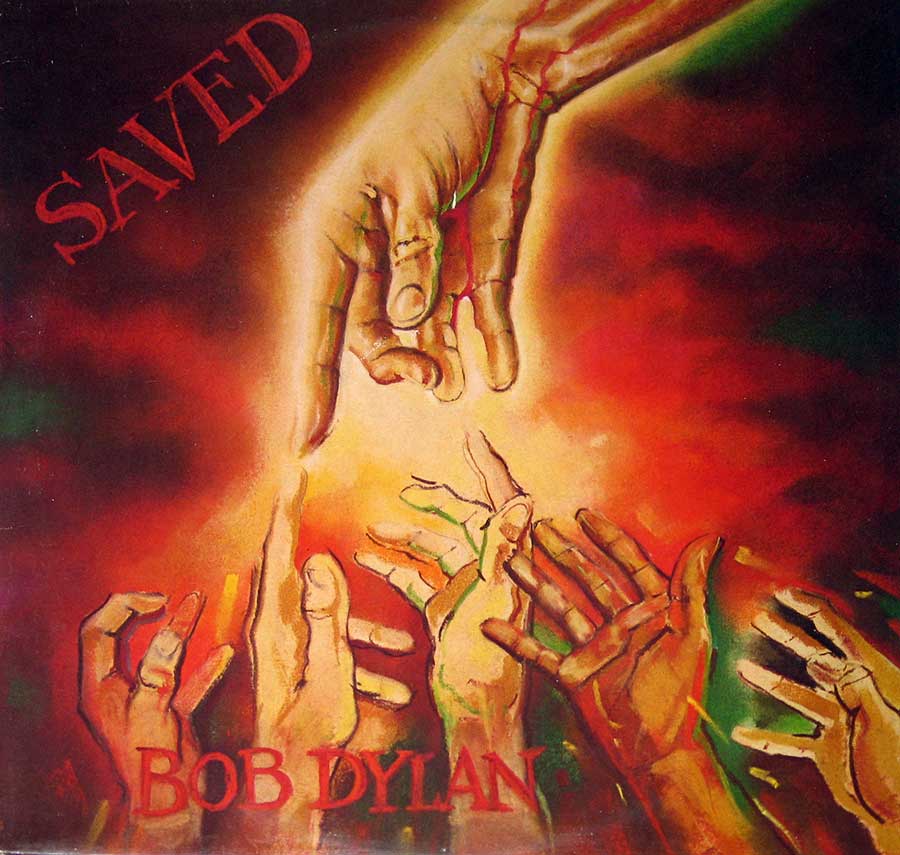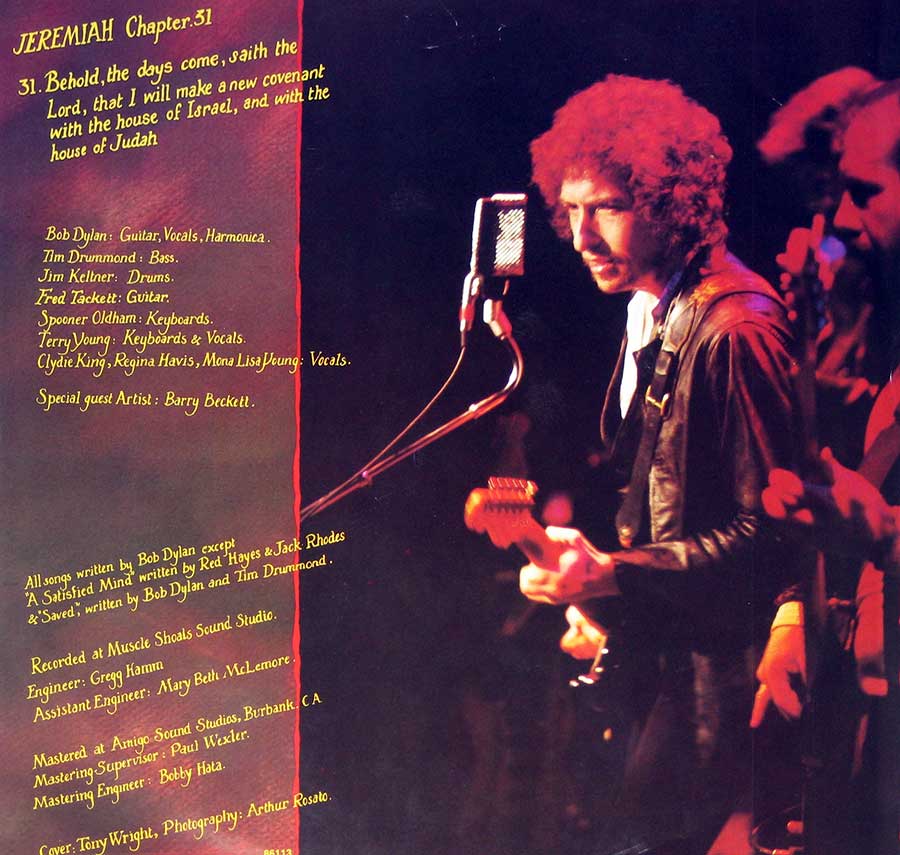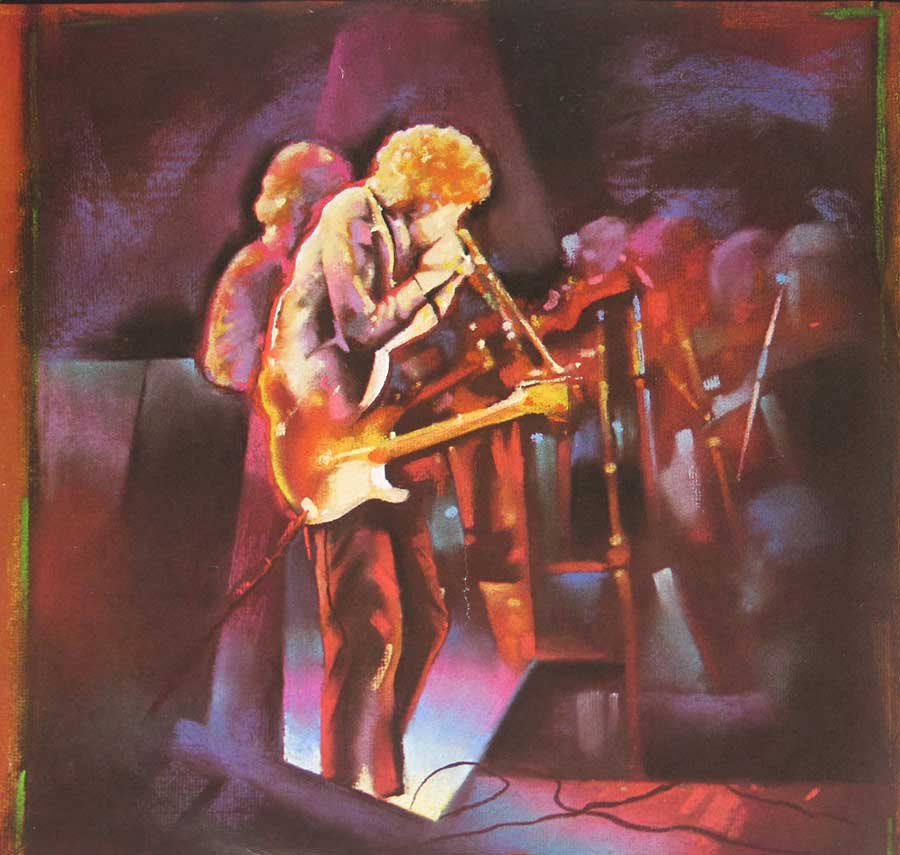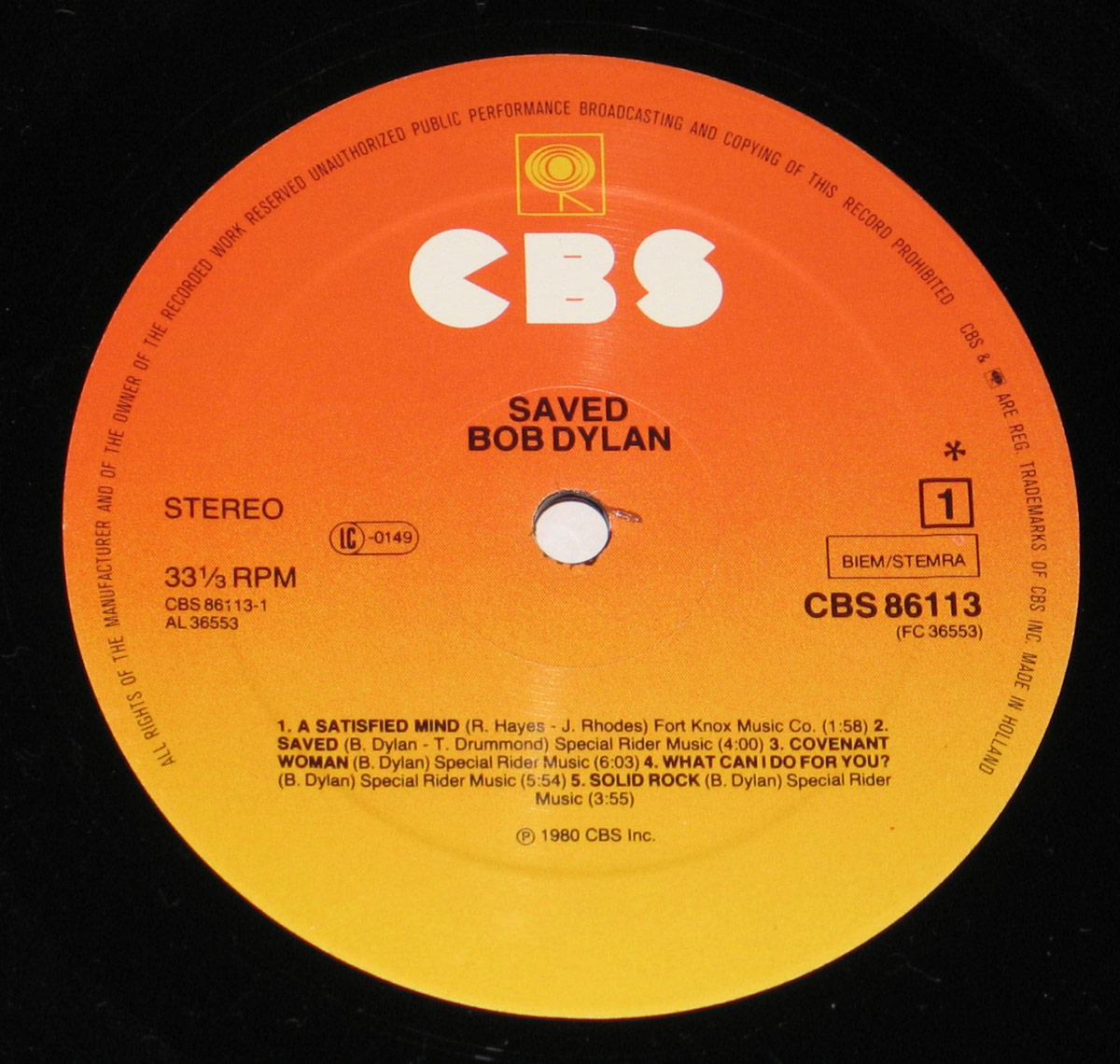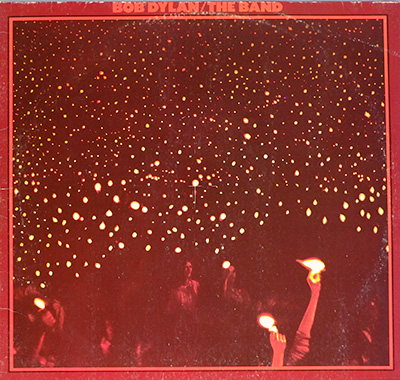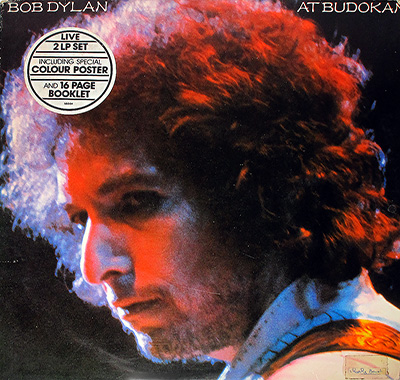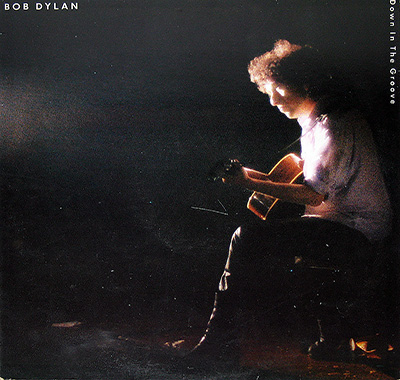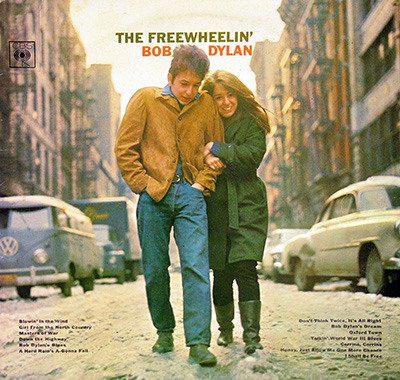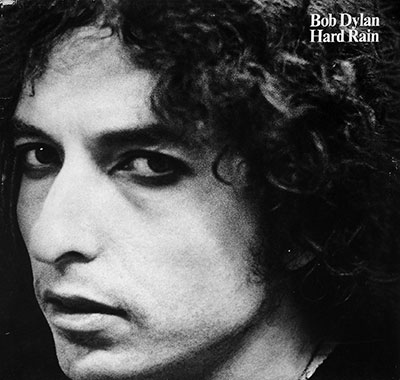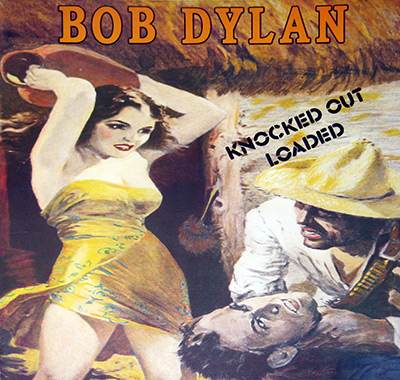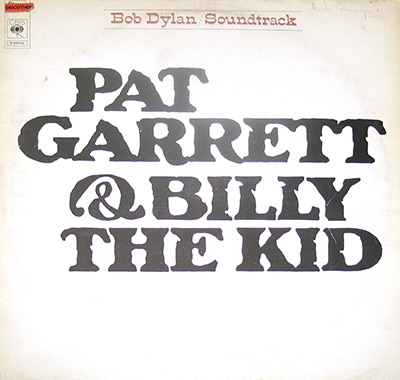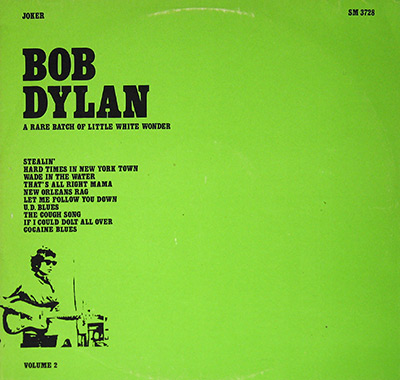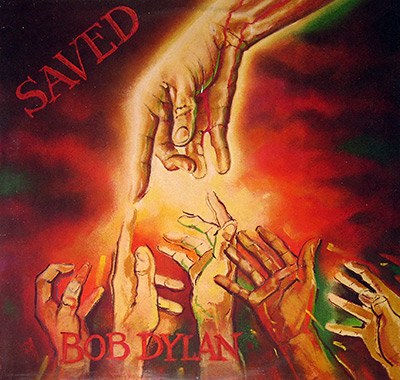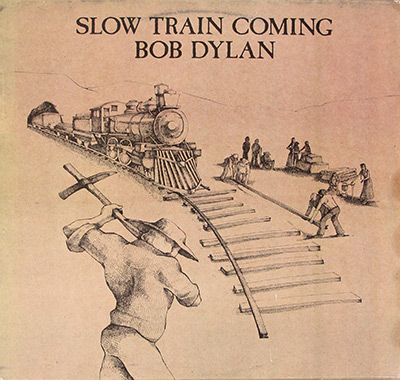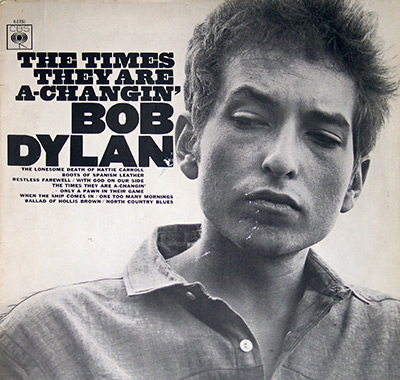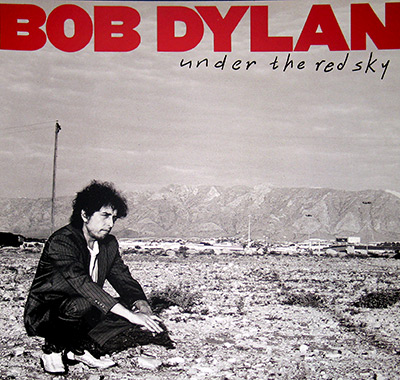Bob Dylan’s "Saved" – The Gospel According to a Troubled Prophet
Context and Conversion
By 1980, Bob Dylan was deep into a period that left critics puzzled and fans divided. Following his spiritual awakening and the fiery proselytizing of "Slow Train Coming" (1979), Dylan returned with "Saved", an album that doubled down on his born-again Christian convictions. Where the former record dressed its gospel in smooth studio polish and the aura of curiosity, "Saved" shed all subtleties—offering an unfiltered, impassioned sermon in musical form.
The Netherlands release arrived in the same year as the U.S. and UK editions, but with an important visual distinction. The Dutch pressing features a completely different back cover artwork.
Musical Style and Genre
"Saved" is unabashed gospel-rock, driven by Southern soul rhythms, fervent backup singers, and the rootsy Americana that Dylan knew so well. But here, the message was more evangelical than metaphorical. Tracks like "Solid Rock" and "Are You Ready" are not veiled parables—they are declarations of faith, framed with the urgency of a preacher on borrowed time.
There are musical flashes of Dylan’s past, especially in the introspective piano ballad "What Can I Do for You?", but for the most part, the album sacrifices poetic ambiguity for devotional clarity. The genre might be classified as American folk rock fused with gospel soul, underpinned by Muscle Shoals groove.
Recording and Production
"Saved" was recorded at the legendary Muscle Shoals Sound Studio in Alabama—a site renowned for its gritty, heartfelt sound and for having hosted the likes of Aretha Franklin, Wilson Pickett, and The Rolling Stones. This grounding in Southern soul gave the album a raw, organic texture that mirrored the sincerity of Dylan’s new beliefs.
The production duo of Jerry Wexler and Barry Beckett brought both experience and a sense of sonic restraint. Wexler, a soul music luminary who coined the term "Rhythm and Blues," had previously worked with Dylan on "Slow Train Coming". Beckett, also a session keyboardist on the record, ensured continuity with his understated yet precise contributions.
Musicians and Backing Ensemble
The musical ensemble was rich with Southern flavor: Tim Drummond on bass, Fred Tackett on guitar, and the ever-reliable Jim Keltner on drums. Spencer Oldham's keyboards and Terry Young’s piano created a gospel texture that was further elevated by the powerhouse voices of Clydie King, Regina Havis, and Mona Lisa Young. These singers didn’t merely back Dylan—they challenged him, pushed him, and turned each song into a shared act of testimony.
Differences in International Releases
While the musical content of the Dutch pressing remains the same as other international versions, its artwork sets it apart.
There are also minor label differences: the Dutch edition appears under CBS 86113 with orange-to-yellow gradient labels marked “Made in Holland,” while U.S. editions were issued by Columbia Records.
